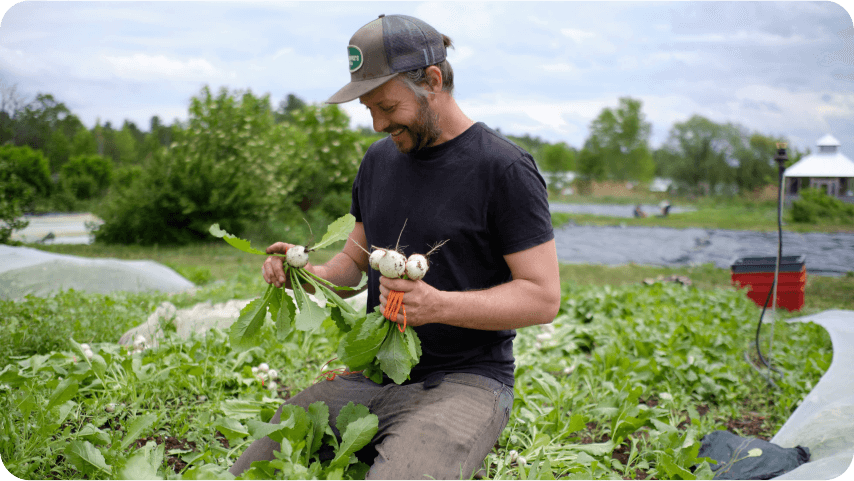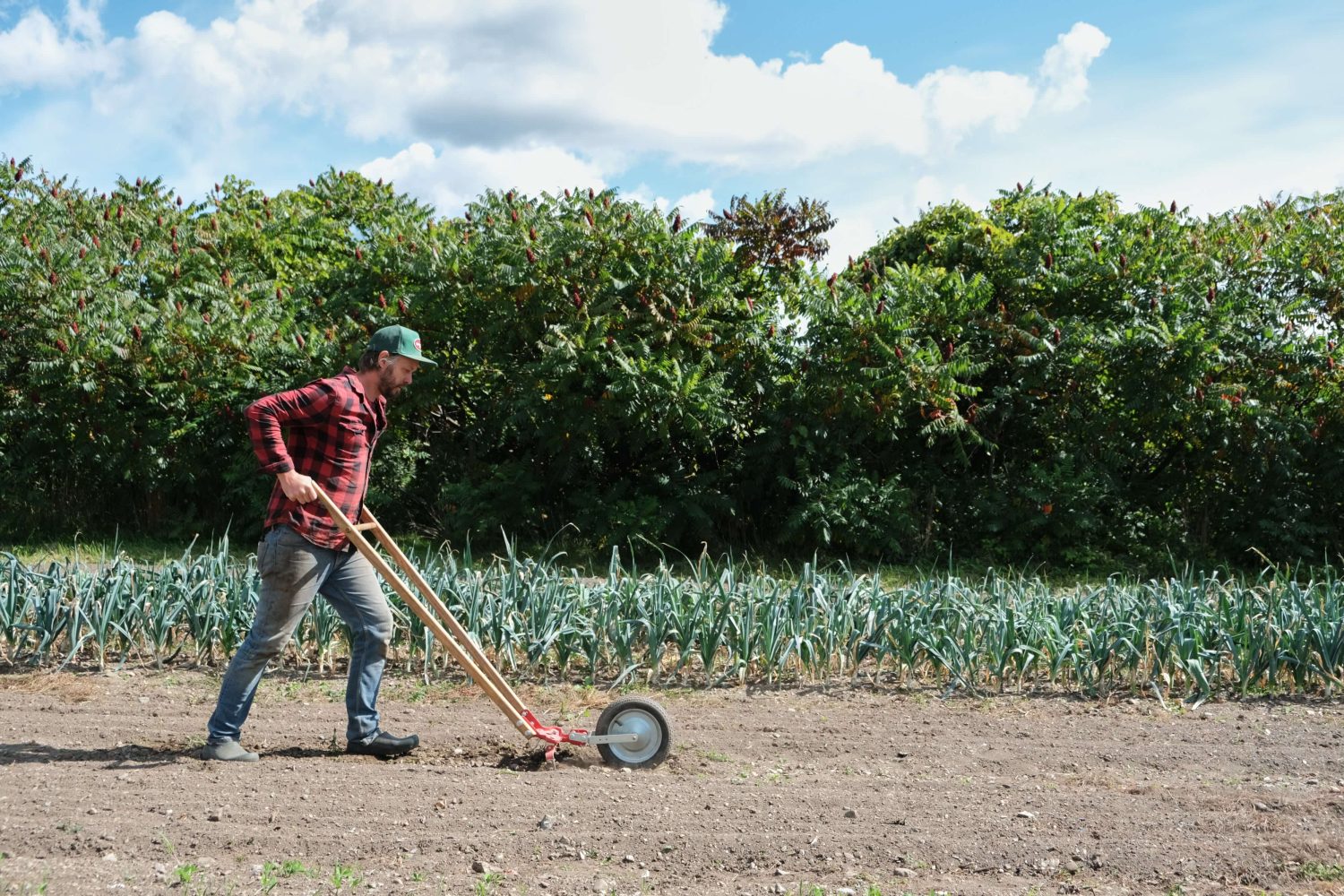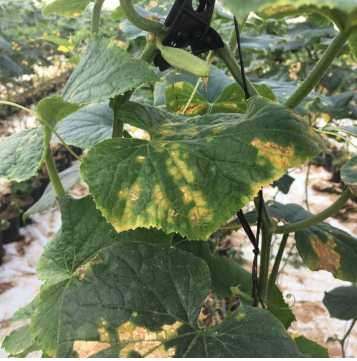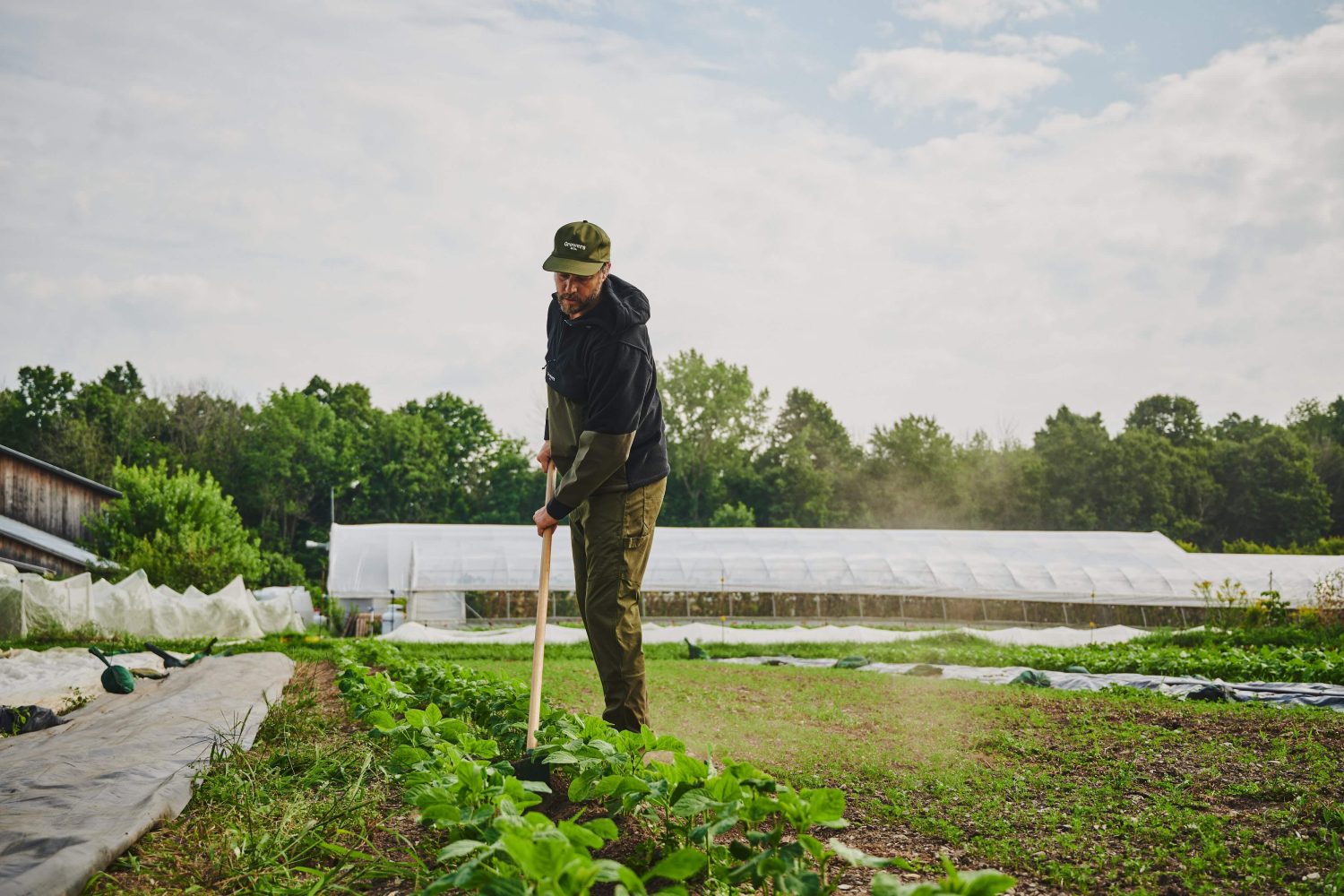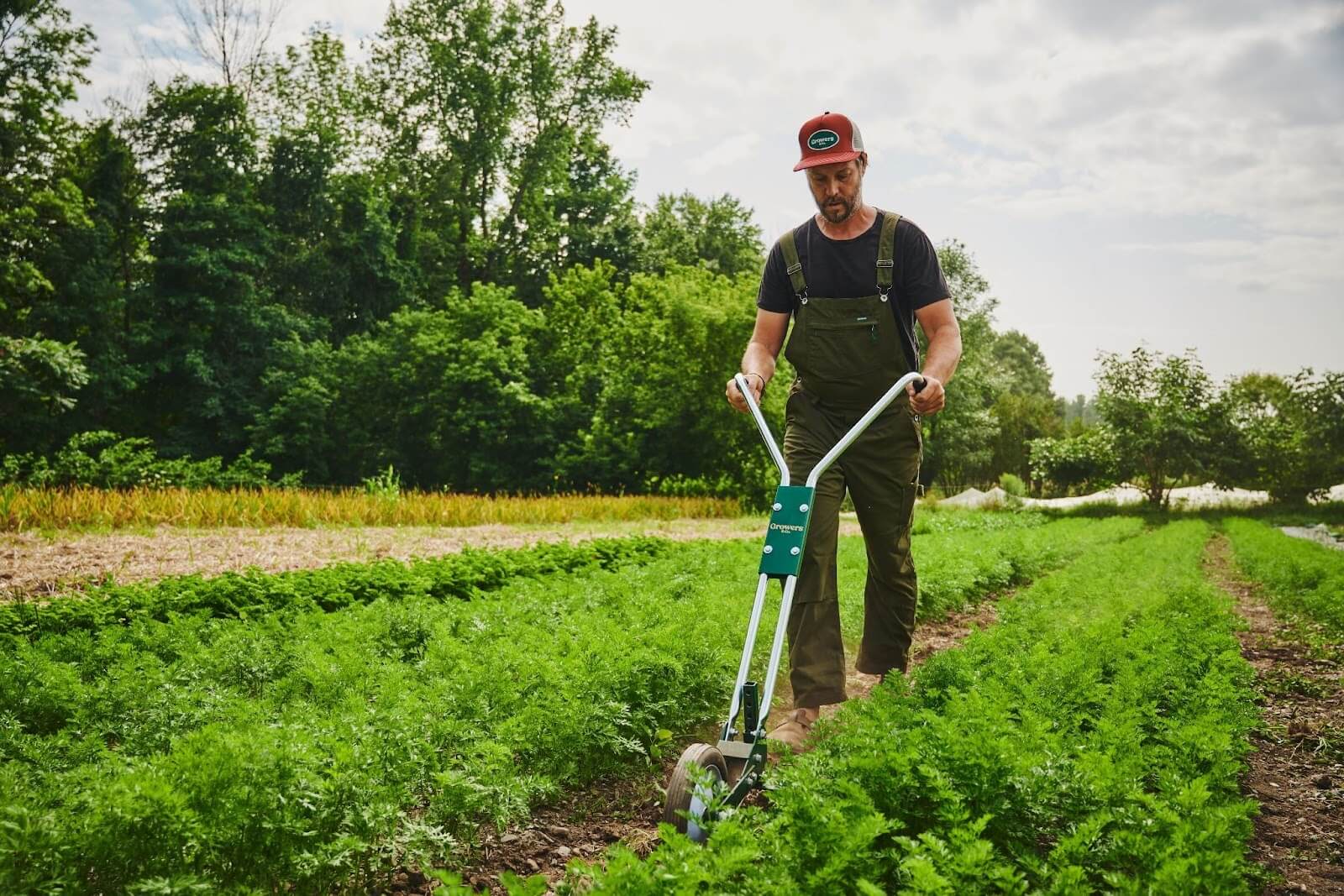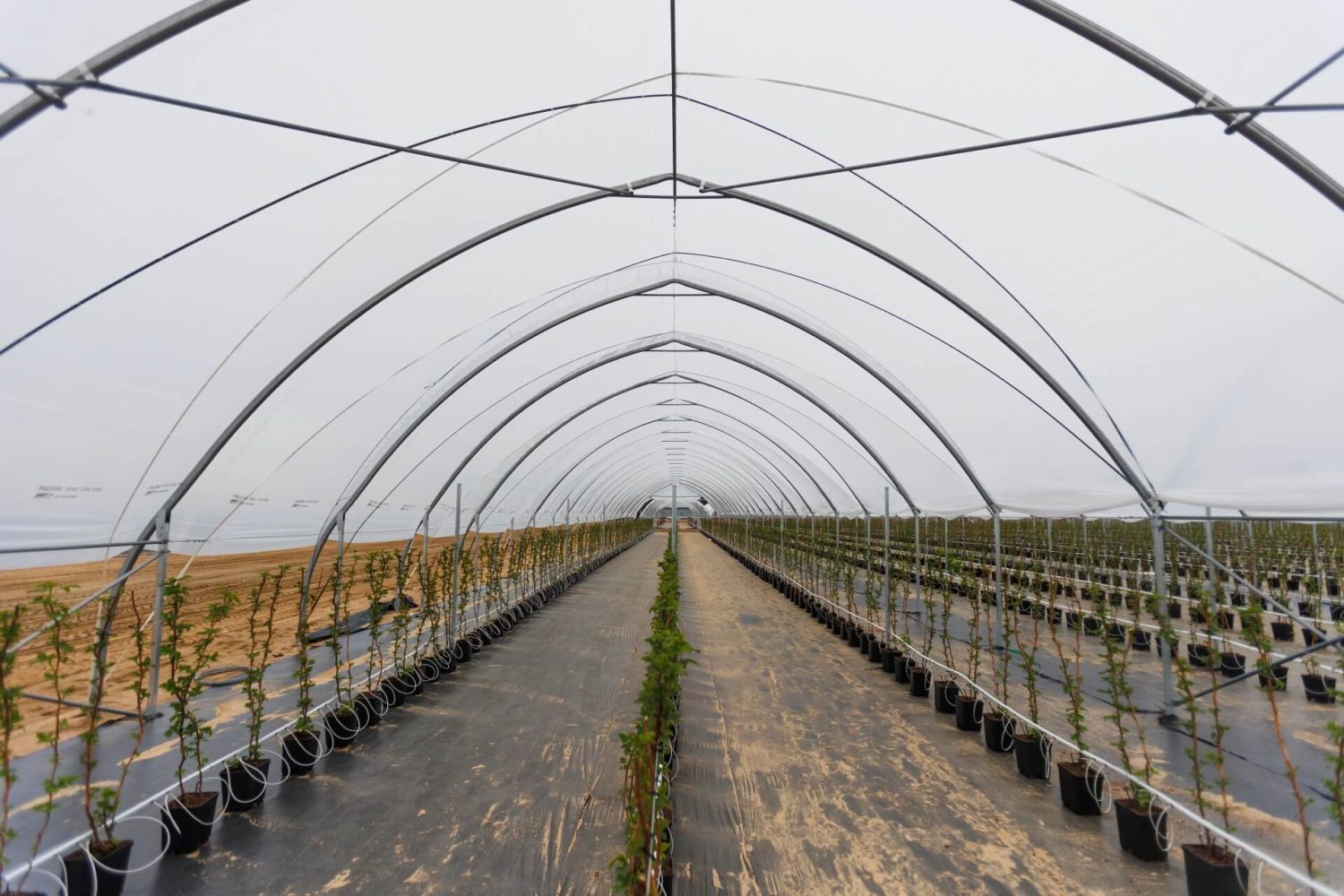Greenhouse humidity management is one of the most frequently overlooked tasks in greenhouse maintenance. Controlling humidity in a greenhouse is a challenge and the associated heating costs can be daunting. Despite this, there are many benefits to dehumidifying a greenhouse.
The Benefits Of Controlling Humidity In The Greenhouse
The biggest impact you will see on your profits is the reduction of disease. Many growers have virtually eliminated all traces of disease since using dehumidification cycles. The health of your plants is linked to the health of the farm. Healthy plants increase your yields, reduce pesticide costs and reduce the time associated with disease management.
Another factor not to be overlooked is reducing your stress levels. By knowing the needs of the plants and the environment in which they are growing, it is easier to plan effectively and reduce uncertainty which can cause stress . Catherine Sylvestre, of FQT Farm, emphasizes predictability as a way to limit this stress. The greenhouse is a challenging environment, but on the flip side, it offers the opportunity to be in control. Managing humidity is one way to limit surprises and contribute to peace of mind.
In short, humidity management can increase your yields, save time and, most importantly, reduce stress throughout the season.
Humidity Requirements Of The Plant
It is necessary to understand that plants do not feel humidity as we do. Humans feel relative humidity, which is the ratio between the amount of water in the air and the amount needed to reach saturation at a given temperature. The plant feels the humidity deficit which is the amount of water that is missing for the air to reach saturation.
To further your understanding, check out this article on humidity deficit. For the rest of the article, we will use approximate percentage values to simplify it.
Humidity has an impact on plant transpiration, disease resilience and the proliferation of harmful insects.
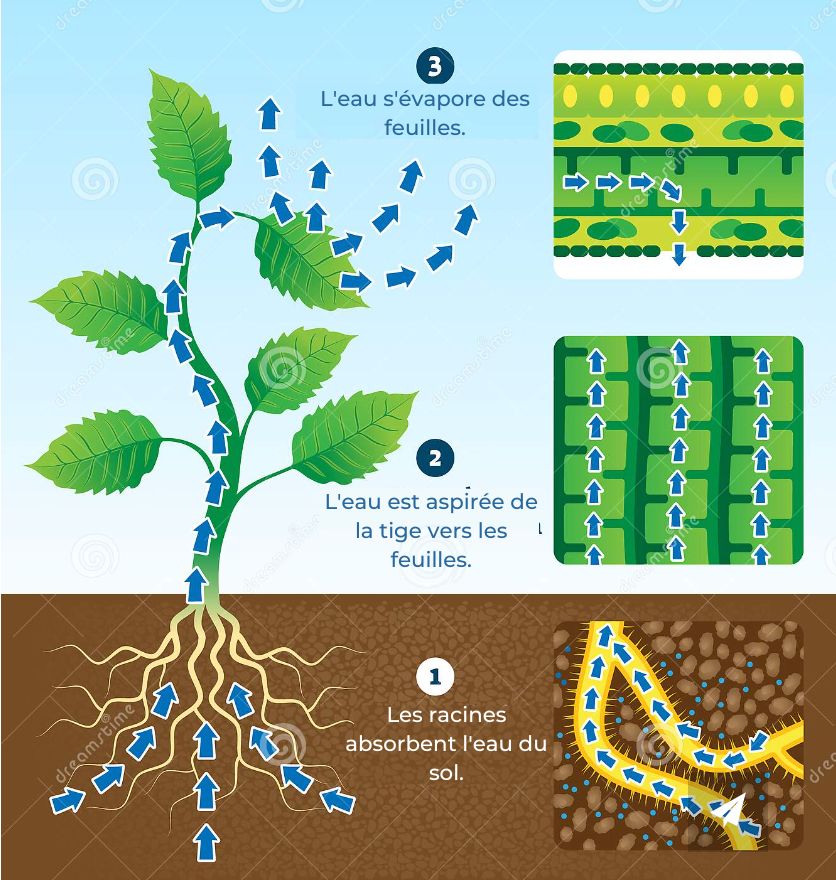
Transpiration
Transpiration is essential for healthy plant growth. Firstly transpiration is how the plant pumps nutrient-laden water from the soil. Secondly, without transpiration, the plant cannot capture the CO2 necessary for its growth. Finally, like humans, the plant sweats to regulate its heat, which prevents it from wilting!
Maximizing the transpiration of the plant, therefore, allows staying a productive plant. What does this mean for humidity? Air that is too dry causes stress on the plant, which stops its transpiration. On the other hand, air that is too humid affects its ability to transpire. The temperature affects the optimal humidity value, but a safe value is to aim for 70-80% at 68°F.
Diseases
Maintaining high humidity in a greenhouse for too long encourages the spread of diseases, such as late blight. Late blight can be recognized by the gray spores developed on the underside of the leaves and the small yellow spots on top.
If you keep the humidity above 80% in your greenhouse for more than 4 hours, you increase the risk of disease. It is advisable to maintain the humidity according to the needs of your crops. You will avoid many worries related to yield losses.

Parasites and insects
Proper humidity management in your greenhouse not only increases the resilience of your crops to disease but also prevents the spread of insect pests. Just as good humidity management in the greenhouse prevents the proliferation of diseases, it also promotes the effectiveness of predatory insects that fight insect pests.
Prepare A Dehumidification Strategy
Typically, the first thing to do to manage humidity in your greenhouse is dehumidification. Excess humidity is the first problem to combat. Lack of humidity is an issue to address once dehumidification is under control.
Before moving forward with dehumidifying your greenhouses, note that it is virtually impossible to always have the humidity in its optimal range Good control is a compromise between :
- Ensuring the ideal environment for your plants to grow ;
- Minimizing your energy costs.
There are 2 levers you can use to dehumidify your greenhouse.
2 Levers To Dehumidify
You can first dehumidify your greenhouse by air exchange or ventilation. This type of dehumidification balances the humidity level in the air inside and outside the greenhouse. This is achieved by using opening sides, opening roofs or fans with positive and negative pressure.
The other option is to dehumidify with your heating equipment: heat pump, propane furnace, biomass furnace, etc. Increasing the temperature by heat changes the humidity as felt by the plant. This increase in temperature increases the transpiration capacity of the plant and hinders the development of diseases or the reproduction of harmful insects.
How To Dehumidify Efficiently?
Humidity management in the greenhouse comes with its own set of challenges. Temperature and humidity are closely related. Keeping these two parameters in their optimal range requires a good understanding of the science behind them. And as always, heating costs are also a factor to balance in your strategy.
There are several other conditions to consider. If it is cold outside, it is recommended that you do not use the opening sides, as the plants will experience thermal shock. If it is more humid outside than in the greenhouse, ventilating will lead to humidifying the greenhouse. When it is hot outside the greenhouse, dehumidifying the interior becomes even more difficult.
The way many growers do it is to do a dehumidification vent in the morning. At sunrise, the humidity should be drawn out by ventilating and heating for 15 to 30 minutes. The length of time depends on the ventilation capacity of your greenhouse and the humidity outside.
The other way is the one used at FQT Farm. It allows dehumidification with less energy by optimizing the dehumidification strategy according to the temperature, the wind as well as the humidity level inside and outside the greenhouse. To achieve this, you will need a climate controller.
By automating your greenhouses, you will also be able to do purges throughout the day and time the continuous dehumidification when it doesn’t impact your energy bill. In addition to saving time, you will have a better impact on the productivity of your plants!
A Worthwhile Investment
The process of dehumidifying a greenhouse is expensive. It is estimated that it increases heating costs by 30%. However, these energy costs are greatly offset by increased yields, time savings and peace of mind. After all, what’s $3,000 worth of propane if it allows you to produce the equivalent of $90,000 worth of greenhouse tomatoes?
To get a good return on your investment, you need to understand your plants’ needs and be precise in your approach.
Dehumidifying a greenhouse and buying tools to ensure proper humidity management may seem like throwing money away, but make no mistake! Ask any seasoned agronomist and the consensus will be the same: it’s a good investment!
Want a dehumidification strategy as effective as the FQT Farm? Contact the Orisha team, who will guide you through the process!
